GHHF Was Instrumental in providing metal shelter, water and food to tortoise at Sri Kurmam Temple in Srikakulam in 2011.
Global Hindu Heritage Foundation was instrumental in obtaining a G. O. from Endowments Department to provide metal shelter, food and water to tortoise. I along with Rajesh Thunuguntla and Karimulla visited Sri Kurmam Temple on December 15 and saw firsthand the facilities provided to tortoise. We were happy to see the facility and the tortoise who are enjoying the vibration of Lord Kurma.
Please read the summary of what GHHF has done to get the shelter for tortoise to protect them from dying due to hot weather. For full report can be accessed at Savetemples website published on February 24, 2011
The STORY
Sri Kamal Kumar Swami called (Global Hindu Heritage Foundation) on February 22, 2011, in the middle of the night and informed me that a problem was brewing at Sri Kurmanadha Temple regarding the removal of star tortoises. He mentioned that the Forest Department was planning to remove all the tortoises that are gathered at the Temple complex. It is amazing to know that the tortoise instead of staying in the nearby forest, they come to Sri Kurmanadha Temple as if the Temple is their abode. It has been going on for centuries. There must be some divine reasons as to what they gather at this Temple. How many Temples either in India or other countries, you will witness such a situation? Why will no other Temple experience this kind of situation even though many Temples are located in the forests and on the banks of rivers? There must be a divine reason. We can only surmise that these tortoises probably have the sixth sense to recognize that this Temple was dedicated to them only. This is the age-old tradition; we must follow, preserve and continue for generations to come to harbor the tortoises. The tortoises wanted to be part of the Temple and stay near the Temple. In fact, that the Temple has a budget of 30,000 Rupees to take care of them by providing water and food to them. An agency by the name Green Mercy has complained to the Temple authorities about the ill treatment of these tortoises by saying that they are not properly fed and not allocated proper place for them to stay. Failing to get proper attention from the Temple authorities to address the issue, Green Mercy informed the Forest Department.
According to Wildlife Protection Act nobody can keep the forest animals or creatures that live in the forest without proper permission from the Central government. Knowing this Act, many Temples have sought permission to keep elephants in their Temple premises for ceremonial purposes. Sri Kurmanatha Temple never obtained permission to keep the tortoise in the Temple complex. Consequently, if complained, the Forest Department can collect the tortoise and leave them in the forests hoping that they are safe in that habitat.
By doing so, the age-old custom of devotees having darshan of living tortoise will be discontinued forever. Many devotees will be denied the opportunity to feed them also. The villagers were very upset knowing that these tortoises may be removed from the Temple premises. They felt that some bad might happen to them if the removal took place. They approached Sanyasi Appa Rao, State Secretary of HDPS and Sri Kamal Kumar Swami, President of HDPS, who along with a number of concerned villagers filed a case in the High Court to prevent the removal.
Based on the information provided by Sri Sanyasi Appa Rao and Sri Kamal Kumar Swami, I contacted the following officers who have made the difference in highlighting the concerns of the villagers as well as preserving the traditions of the Temple.
1) Lalitha Kumari, Village Sarpanchi, 2) K V. Ramana Murthy, Green Mercy, 3) Muthyla Rao, Assistant Commissioner, Endowment Department, 4) Prasad Batnaik, EO of Sri Kurmanatha Temple, 5) N. Srikath, Collector of the District, 6) Hitesh Malhotra, Forest Department
All these officers we talked to were very much concerned about the possible implications of the removal of tortoise both spiritually and practically as well as the safety of the tortoises. There are also other departments we contacted with no success. Many of them we contacted are not in a position to reverse the decision of the Forest Department.
Finally, I called Sri K V Ramanacharya, Principal Secretary and informed him about importance of long-established tradition of preserving the tortoise. His grasp was quick and response was crisp. He said that he would take care of the matter immediately. We were not sure what he meant by that response. To pursue the matter, we called the Assistant commissioner of Endowment within ten minutes. By then, K V Ramanachary already called and asked the Assistant Commissioner and Executive Officer to send a report about the situation and take necessary steps to protect the tortoise and preserve the tradition of providing shelter to the tortoise. Appropriate G O was issued within hours.
We are grateful for the prompt response and sincere efforts of K V Ramanachary.
Your donations are appreciated.
By Zelle: ghhfusaorg@gmail.com
PayPal: savetemples.org
By Check: Or you can send a check payable to GHHF, 14726 Harmony Lane, Frisco, TX 75035.
It is tax-deductible.
By Rupees: call 601-918-7111; +91 83096 43979
{{album_1502}}




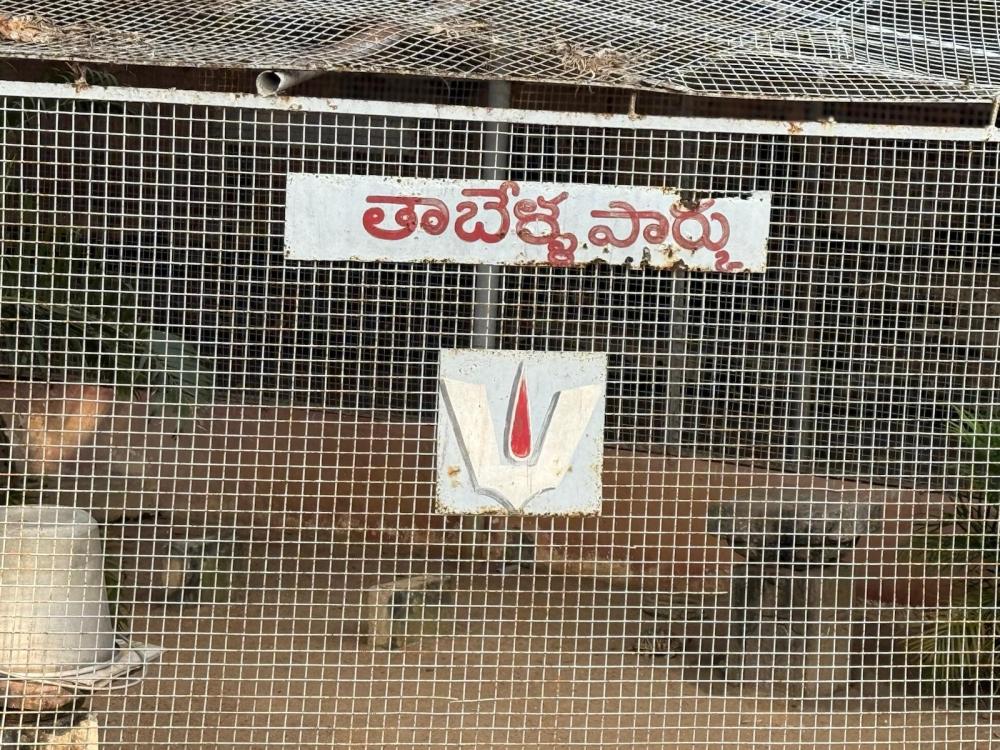
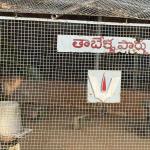
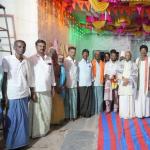
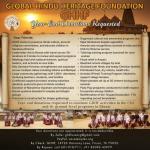
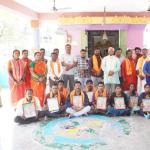
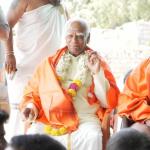


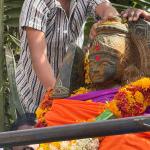
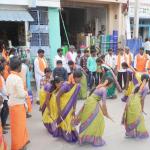

 Urgent support needed for Bangladesh Hindus
Urgent support needed for Bangladesh Hindus 



